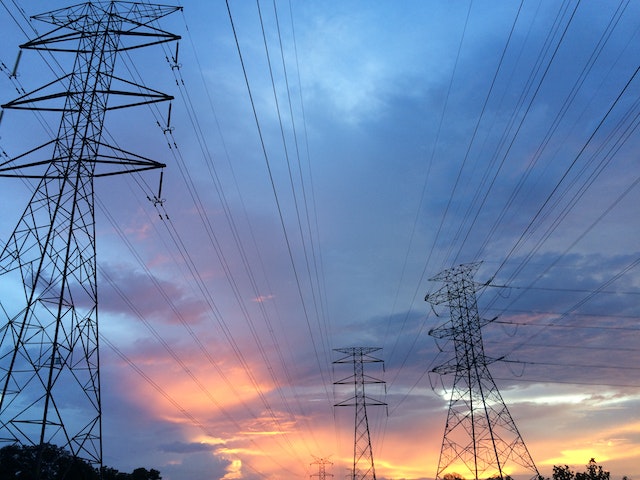According to Fusion Energy Insights' CEO, Dr. Melanie Windridge, fusion has fascinated scientists since they discovered what made the Sun shine. These results certainly put us on the road to the technology's commercialization.
It was "a true breakthrough moment," according to Jeremy Chittenden, professor of plasma physics and co-director of Imperial College London's Centre for Inertial Fusion Studies. It demonstrates the possibility to attain the long-sought objective, or the "holy grail" of fusion, he added. This opinion has been shared by physicists all over the world, who have complimented the efforts of the worldwide scientific community.
Professor Gianluca Gregori of Physics at Oxford University said that many scientists in the US, UK, and other countries contributed to the triumph. With ignition being accomplished, a door to new research is opening in addition to the release of fusion energy.
The director of LLNL, Dr. Budil, was asked how long it would take for fusion to be used in power plants. He responded that there were still many obstacles to overcome but that, with coordinated efforts and investment, a few decades of studies on the core technologies could put us in a position to build a power plant. In response to that question, scientists used to estimate 50–60 years, therefore this represents progress.
One of the biggest challenges is lowering expenses and increasing energy output. The project, which cost billions of dollars to complete, could only generate enough energy to boil approximately 15-20 kettles. Even though the experiment produced more energy than the laser used, this does not account for the energy required to operate the lasers, which was far higher than the energy the hydrogen produced.














